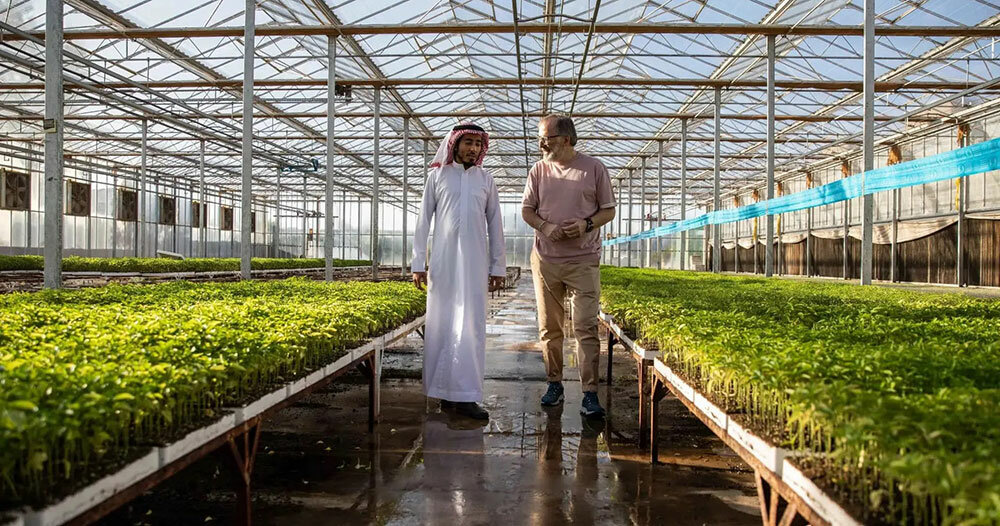The Future of Greenhouses: Advancements in Lasting Farming
Are you curious regarding the future of greenhouses and how they are changing lasting farming? From innovative environment control systems to upright farming strategies, water-efficient watering techniques, sustainable energy integration, and smart information analytics, these advancements are transforming the means we grow our food.
Advanced Environment Control Solution
To accomplish optimum growing conditions, you can rely upon the developments in greenhouses with advanced climate control systems. These systems have actually reinvented the way we grow crops, providing a controlled atmosphere that is favorable to plant growth. With these ingenious systems, you can now adjust temperature, humidity, light degrees, and also CO2 concentrations to produce the best conditions for your plants to thrive.
Among the key features of these advanced climate control systems is their ability to manage temperature level. By utilizing sensors and automated controls, the greenhouse can change the temperature level based on the details requirements of the plants. This makes certain that they are never revealed to extreme warmth or cold, which can be damaging to their growth.
Moisture control is an additional vital element of these systems. By preserving the suitable moisture levels, you can prevent problems such as mold, mold, and condition from influencing your crops. These systems can additionally regulate the quantity of light that reaches the plants, making certain that they receive the optimal quantity for photosynthesis.
In addition, progressed climate control systems can also control CO2 concentrations. By boosting the degrees of CO2 in the greenhouse, you can enhance plant growth and efficiency. This is specifically beneficial in locations with reduced natural CO2 degrees.
Vertical Farming Techniques
One crucial vertical farming strategy is using stacked expanding systems. Stacked growing systems are typically utilized in city areas where room is restricted.
One popular approach is referred to as vertical hydroponics, where plants are expanded in nutrient-rich water without dirt. This method is extremely efficient as it decreases water use by up to 90% compared to traditional farming methods. Furthermore, given that the plants are expanded inside your home, they are protected from bugs and illness, minimizing the demand for chemicals.
One more technique is aeroponics, which entails suspending the plant origins in a haze or air environment. This method enables ideal nutrient absorption and oxygenation, resulting in faster development and higher yields. Aeroponics additionally makes use of less water than standard farming and can be carried out in vertical systems, making it a preferred option for upright farming.
Water-efficient Watering Techniques
When it comes to implementing water-efficient watering approaches in lasting agriculture,Maximizing water conservation is essential. With international water scarcity coming to be a pressing concern, it is essential to develop innovative techniques that optimize water use in greenhouse procedures.
One encouraging method is drip irrigation, which delivers water directly to the plant origins, reducing waste and dissipation. By using a network of tubes with small emitters, water is applied slowly and specifically, ensuring that plants obtain the necessary moisture without excess runoff.
One more effective technique is making use of soil dampness sensors. These tools measure the wetness material in the soil and give real-time information to farmers. By monitoring the dirt's dampness degrees, farmers can accurately identify when and exactly how much water to use, preventing over-irrigation.
Additionally, the execution of rain harvesting systems is obtaining appeal in greenhouse farming. Gathering rain from rooftops and storing it in containers enables farmers to use this all-natural source for irrigation purposes, lowering internet dependence on typical water resources.
Lastly, the fostering of automated watering systems can considerably improve water efficiency. These systems make use of sensors to discover soil wetness levels and climate condition, readjusting irrigation routines accordingly. By maximizing water use based upon actual plant demands, these systems can minimize water waste and advertise lasting farming methods.
Renewable Energy Combination
Eco-friendly energy combination in greenhouses supplies a number of advantages, consisting of reduced operating costs and reduced reliance on non-renewable power sources. The generated power can then be used to run various procedures within the greenhouse, such as home heating, air flow, and lighting systems. These turbines harness wind power and convert it into electricity, which can be utilized to supplement the energy needs of the greenhouse.
Smart Information Analytics and Automation
To enhance the performance of your greenhouse procedures and enhance source application, consider applying smart information analytics and automation. Smart information analytics includes gathering and analyzing data from different sensing units and tools within your greenhouse. By checking factors such as temperature level, humidity, light levels, and dirt wetness, you can gain important insights into the wellness and growth of your plants. This information can assist you make notified choices about changing ecological problems, optimizing watering schedules, and protecting against prospective concerns prior to they emerge.
Automation, on the various other hand, includes using technology to automate jobs that were formerly done by hand. This can consist of automating the control of lighting, air flow, irrigation systems, and nutrient distribution. By automating these procedures, you can guarantee that your plants receive the right conditions and nutrients at the best time, without the requirement for constant hands-on treatment. This not just conserves you time and initiative yet also lowers the risk of human error.
Moreover, wise information analytics and automation can function with each other synergistically. The information accumulated by sensing units can be utilized to notify computerized systems, permitting them to make real-time changes based on the current conditions. This combination of data analytics and automation can cause more exact and reliable source appropriation, click for source inevitably resulting in higher returns and far better plant quality.
Final Thought
In final thought, the future of greenhouses in lasting farming looks encouraging. With advanced environment control systems, upright farming techniques, water-efficient irrigation approaches, and eco-friendly energy combination, greenhouses are coming to be a lot more eco pleasant and reliable.

By maximizing water use based on actual plant needs, these systems can minimize water waste and advertise lasting farming techniques.
